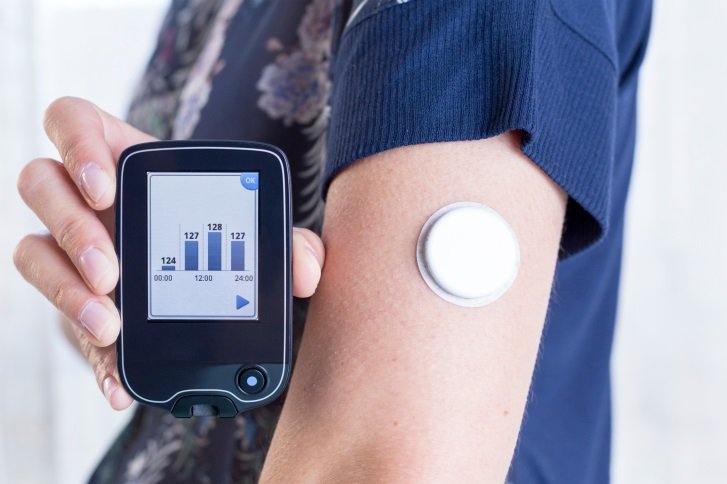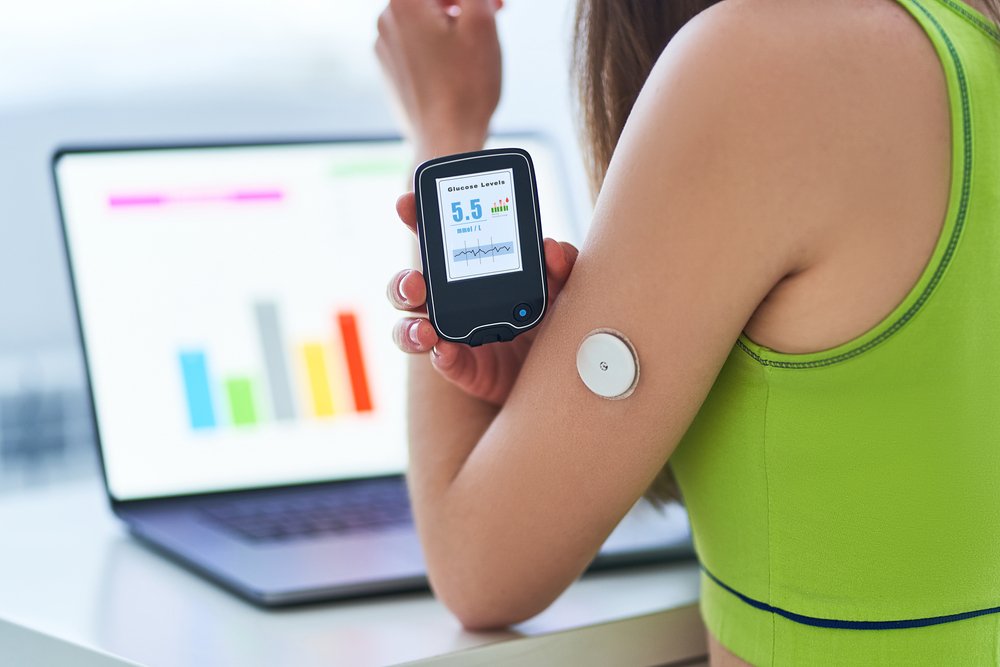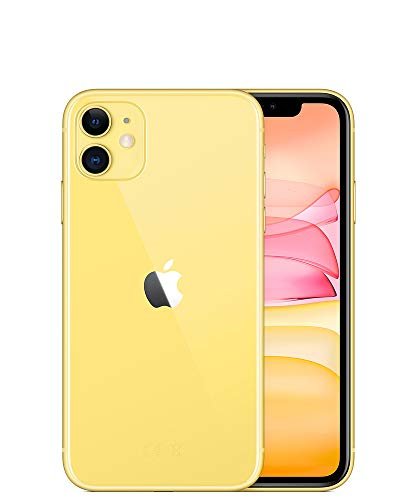In today’s fast-paced world, the intersection of healthcare and technology has led to remarkable advancements in patient care and treatment. One of the most groundbreaking developments in recent years is the rise of wearable technology in healthcare. From fitness trackers to smartwatches and even advanced medical devices, wearable technology has transformed how we monitor and manage our health. This article delves into the evolution of wearable technology in healthcare, its impact on patient outcomes, and the future of this rapidly growing field.
The Rise of Wearable Technology
Wearable technology has evolved from simple fitness trackers to sophisticated devices capable of monitoring various health parameters in real-time. The proliferation of smartphones and advancements in sensor technology have paved the way for the development of wearable devices that can track everything from heart rate and blood pressure to sleep patterns and physical activity.
Monitoring and Managing Chronic Conditions
One of the most significant contributions of wearable technology to healthcare is its ability to monitor and manage chronic conditions such as diabetes, hypertension, and heart disease. Patients can now track their vital signs and receive real-time feedback on their health status, empowering them to take proactive measures to manage their conditions effectively.
For example, continuous glucose monitors (CGMs) allow diabetic patients to monitor their blood sugar levels throughout the day, enabling them to make informed decisions about their diet, medication, and lifestyle choices. Similarly, wearable blood pressure monitors provide hypertensive patients with timely information about their blood pressure readings, helping them adhere to their treatment plans and avoid complications.
Enhancing Patient Engagement and Adherence
Wearable technology has also proven to be a valuable tool for enhancing patient engagement and adherence to treatment regimens. By providing patients with personalized feedback and reminders, wearable devices encourage them to stay on track with their medication schedules, exercise routines, and dietary guidelines.
For instance, wearable fitness trackers not only monitor physical activity but also provide users with motivational prompts to meet their daily activity goals. This gamification of health encourages patients to stay active and adopt healthier habits, leading to improved outcomes and better overall well-being.
Remote Patient Monitoring and Telemedicine
The COVID-19 pandemic has accelerated the adoption of remote patient monitoring and telemedicine, highlighting the importance of wearable technology in delivering healthcare services remotely. Wearable devices equipped with telehealth capabilities enable healthcare providers to remotely monitor patients’ vital signs, assess their health status, and intervene promptly if necessary.
Remote patient monitoring has proven particularly valuable for managing chronic conditions and post-operative care, allowing patients to receive high-quality healthcare services from the comfort of their homes. By reducing the need for in-person visits and hospital readmissions, wearable technology not only improves patient convenience but also helps alleviate the burden on healthcare systems.
Challenges and Considerations
While wearable technology holds immense promise for improving healthcare delivery and patient outcomes, several challenges and considerations must be addressed to realize its full potential. Privacy and data security concerns remain paramount, as wearable devices collect sensitive health information that must be safeguarded against unauthorized access and misuse.
Interoperability and integration with existing healthcare systems pose another challenge, as wearable devices need to seamlessly integrate with electronic health records (EHRs) and other healthcare platforms to ensure the continuity of care. Moreover, the accuracy and reliability of wearable sensors and algorithms must be rigorously validated to ensure the quality and consistency of health data collected.

The Future of Wearable Technology in Healthcare
Looking ahead, the future of wearable technology in healthcare is ripe with possibilities. Advances in artificial intelligence (AI), machine learning, and sensor technology will further enhance the capabilities of wearable devices, enabling more accurate and personalized health monitoring and interventions.
We can expect to see the emergence of wearable devices capable of detecting and predicting health conditions before they manifest clinically, enabling early intervention and prevention strategies. Moreover, wearable technology will continue to play a pivotal role in empowering patients to take charge of their health and actively participate in their treatment journey.
Conclusion
Wearable technology has emerged as a game-changer in healthcare, revolutionizing how we monitor, manage, and deliver healthcare services. From empowering patients to improving treatment outcomes and enabling remote care delivery, wearable devices have the potential to transform the healthcare landscape.
As technology continues to advance and healthcare evolves, wearable technology will undoubtedly play an increasingly prominent role in shaping the future of healthcare delivery and patient care. By harnessing the power of wearable technology, we can usher in a new era of personalized, proactive, and patient-centric healthcare.




